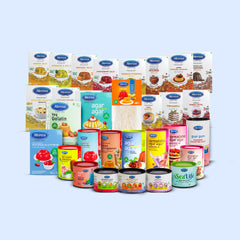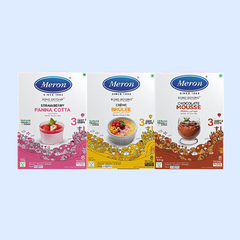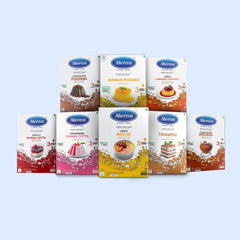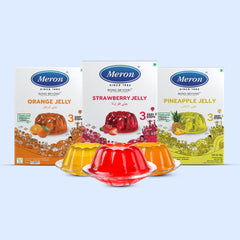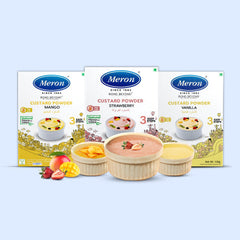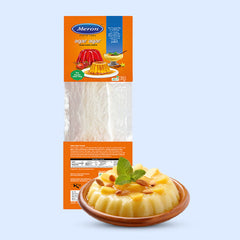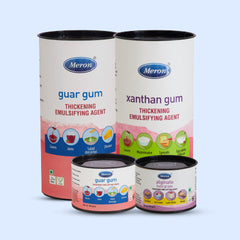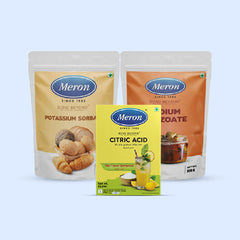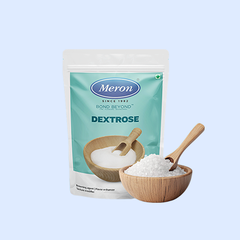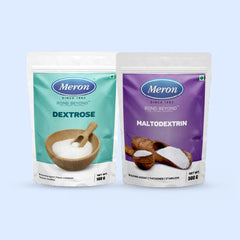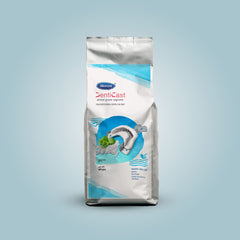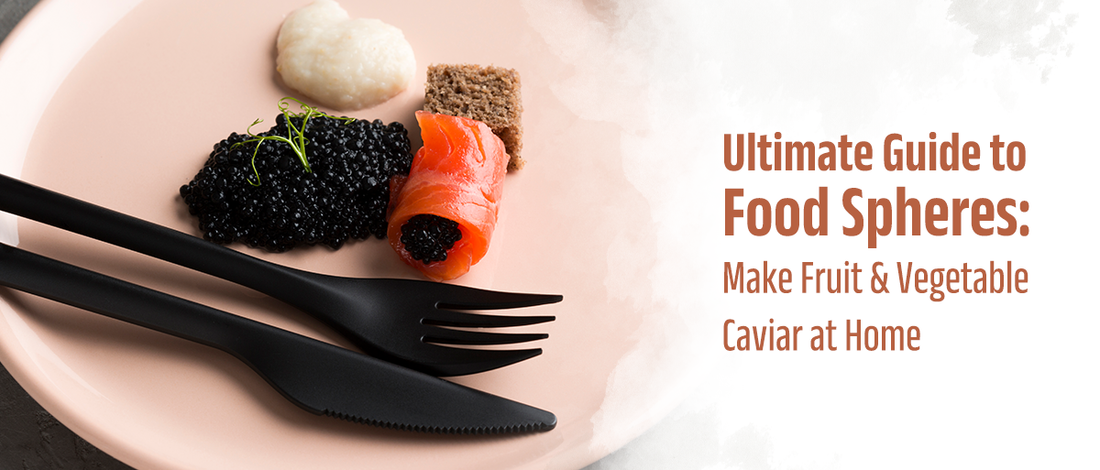
Ultimate Guide to Food Spheres: Make Fruit & Vegetable Caviar at Home
Share
Caviar Pearls: A Modern, Plant-Based Twist
Caviar pearls are a modern culinary innovation popular in fine-dining kitchens. These small, pearl-like spheres bring bold flavour and striking visuals to the plate. Also known as flavour pearls or spherified pearls, they showcase the creativity of chefs and food stylists.
This plant-based alternative to traditional caviar is made from fruits and vegetables using spherification, a technique from molecular gastronomy. Benefits include:
- Texture: Pairs beautifully with soft or creamy components.
- Presentation: Smooth, glossy pearls add a modern, refined look.
- Creative plating: Place precise dots or clusters anywhere on the dish.
For consistent results, use accurate measurements and quality ingredients. For stability, clarity, and reliable gelling, professionals rely on calcium lactate and sodium alginate of dependable quality.
The Technique Behind Flavour Pearls
A flavoured liquid (e.g., beetroot juice or mango purée) is blended with sodium alginate. Droplets of this mix are released into a calcium lactate bath, where a thin gel membrane forms around each drop, leaving a liquid centre.
Key Considerations
- Measure precisely; small deviations can cause misshapen spheres.
- Mind the pH; very acidic bases (e.g., passionfruit) may require adjustment.
- Aim for smooth, glossy pearls that hold shape without “tails.”
💡 Tip: If the base is too acidic (pH < 4), a small amount of sodium citrate can help adjust it.
Ingredients You’ll Need
Exact measurements matter. For about 2–3 servings:
Tools Required
Gather these to keep the workflow smooth:
- Precision scale: For exact alginate and calcium measurements.
- Syringe or pipette: To create even, uniform pearls.
- Blender: Helps dissolve alginate in the juice.
- Two mixing bowls: One for the calcium bath, one for the juice base.
- Fine mesh strainer: For rinsing pearls after setting.
- pH strips (optional): To check base acidity.
Step-by-Step Recipe Procedure
Follow these steps:
1) Prepare the Juice Base
Use a clean, strained liquid. Avoid heavy pulp; it can interfere with pearl formation.
2) Blend with Sodium Alginate and Rest
Blend 200 ml juice with 2 g sodium alginate for 30–60 seconds until dissolved. Cover and rest for ~30 minutes so bubbles rise and alginate hydrates.
💡 Tip: If the base is very acidic (pH < 4), adjust with a little sodium citrate.
3) Create the Setting Bath
Dissolve 7.5 g calcium lactate in 500 ml filtered water. Stir until fully dissolved.
4) Drop the Liquid to Form Pearls
Release the alginate mix into the bath using a pipette or syringe. Let pearls set for 30–60 seconds (shorter time = softer pearls).
💡 Tip: Timing controls texture. Shorter set = softer bite.
5) Rinse and Handle Gently
Lift pearls with a slotted spoon or strainer and rinse in cold water. Serve at once or store briefly in a little base juice to maintain shape and flavour.
Applications in Plating
Fruit or vegetable caviar works across many settings:
- Cold starters & amuse-bouches: Beetroot pearls on goat-cheese bites; mango pearls on tuna tartare.
- Desserts: Passionfruit or raspberry pearls add colour and acidity to panna cotta or cheesecake.
- Cocktails: Citrus or berry pearls bring a playful twist to prosecco or gin drinks.
- Fine-dining plating: Use dots to guide the eye, highlight sauces, and add interactive texture.
- Juices: Build multisensory blends (e.g., basil pearls in watermelon juice, lemon pearls in carrot juice).
These pearls serve as deliberate flavour elements that surprise and delight, not just garnish.
Ready to try? Set out the tools, measure carefully, and start experimenting. Once you get the hang of making flavour pearls, your plating will feel new again.

